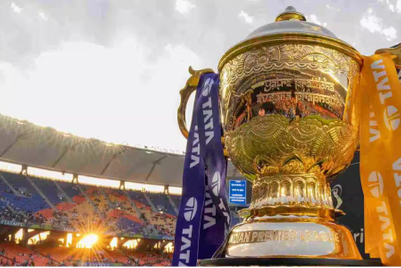
The growing Asian economies and rising consumer affluence have resulted in consumers gradually trading up from sugar to chocolate confectionery, fueling the advance on the region’s sweet-toothed consumers from Western confectionery heavyweights. The two nations leading this sector growth: India and China.
A recent report from Datamonitor on the Indian confectionery market revealed that over 200 new confectionery products were launched during 2009 with sugar confectionery leading the way, closely followed by chocolate. Saurabh Sharma, planning partner, Ogilvy & Mather Beijing describes India as “a very important confectionery market” which he believes “is rooted in the Indian sweet-tooth. India has a rich tradition and heritage of homemade sweets and you will see a traditional sweetmeat shop almost everywhere across the country.”
While sales for sugar-based confectionery remain robust, it is chocolate where sales are truly flourishing, largely due to the increasing discretionary incomes of consumers in urban China and India. In the past five years the value of chocolate confectionery sales in China has nearly doubled to US$813.1 million, while sales in India have increased 64 per cent, to $393.8 million, according to Euromonitor International.
One such brand looking to capitalise is US chocolate company Hershey’s. It recently gained the exclusive licence to the Van Houten label, one of the most popular brands in many Asian markets for chocolate confectionery and chocolate-based flavoured powder drinks. Another is Kraft, whose purchase of UK-based Cadbury gave it a stronger foothold in many Asian markets.
“Since we began the integration of Cadbury into the Kraft Foods family earlier this year, we are focused on building an outstanding footprint of snack categories, brands, and countries across all of Asia-Pacific,” says Shawn Warren, vice-president, marketing for Kraft Foods Asia-Pacific. “Our snack and confectionery breadth and scale is vast across the Asia-Pacific region.”
And while brands are marketing signature products, they are also increasingly catering to local palates, often successfully according to Sharma: “Cadbury in India has been coming out with festival packs for a long time. They also launched a line of chocolates called Kalakand a few years back, inspired by a traditional Indian sweet known as Burfi.”
Similarly, in China Häagen-Dazs markets ice-cream filled moon cakes around the Moon Festival every year, generating huge queues in its outlets, which often stretch out of the shop door. Italy’s Fererro has attracted younger consumers with its Kinder brand while targetting big spenders with the upmarket Ferrero Rocher, which is often given as a gift as the giving of premium chocolate remains popular in China.
This article was originally published in the December 2010 issue of Campaign.




.jpg&h=334&w=500&q=100&v=20250320&c=1)
.jpg&h=334&w=500&q=100&v=20250320&c=1)


+(1).jpg&h=334&w=500&q=100&v=20250320&c=1)

.jpg&h=334&w=500&q=100&v=20250320&c=1)

.jpg&h=268&w=401&q=100&v=20250320&c=1)

.jpg&h=268&w=401&q=100&v=20250320&c=1)
.png&h=268&w=401&q=100&v=20250320&c=1)



